(Don't worry Giro d'Italia Femminile, you're still my favourite despite all the nonsense)
For background on the 2022 Tour de France Femmes (henceforth TDFF), please see here - https://en.wikipedia.org/wiki/2022_Tour_de_France_Femmes.
First of all, yes, it was 8 days rather than the 21-ish for the men's, because as we all know, female bodies, absolutely can't cope with longer races (please, please note my heavy sarcasm on this matter).
I find that interesting, because one of the reasons given for the shorter race is that the teams cannot sustain a three-week race, but allowing this many teams to compete might be a compromise to allow more women to compete, especially as the women's teams have 6 riders a team (2 members smaller than the men's teams).
Four teams didn't lose a rider (Canyon-SRAM, St. Michel-Auber93, Trek Segafredo and Uno-X Pro Cycling Team), and no team lost all their riders.
There was greater percentage drop out than the men's tour.
However, if you compare them directly (with a small amount of fudging to take into account the different number of stages), as in the figure below, you can see that the withdrawal rate is only slightly greater.
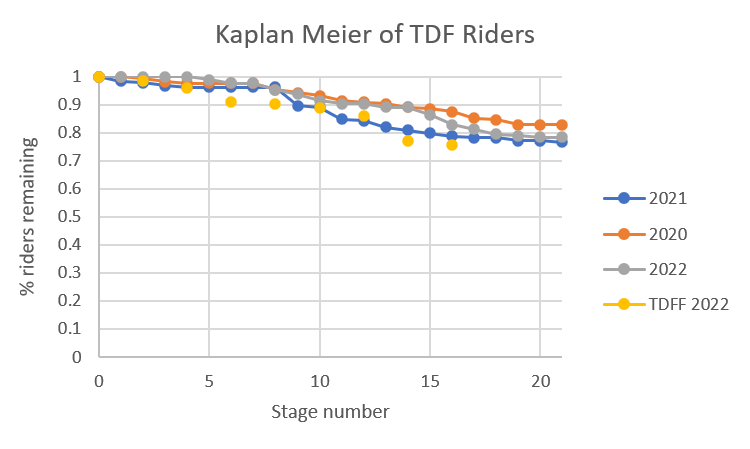

If we look at withdrawals from individual teams, you can see stage 2 happening to Stade Rochelais Charente-Maritime.
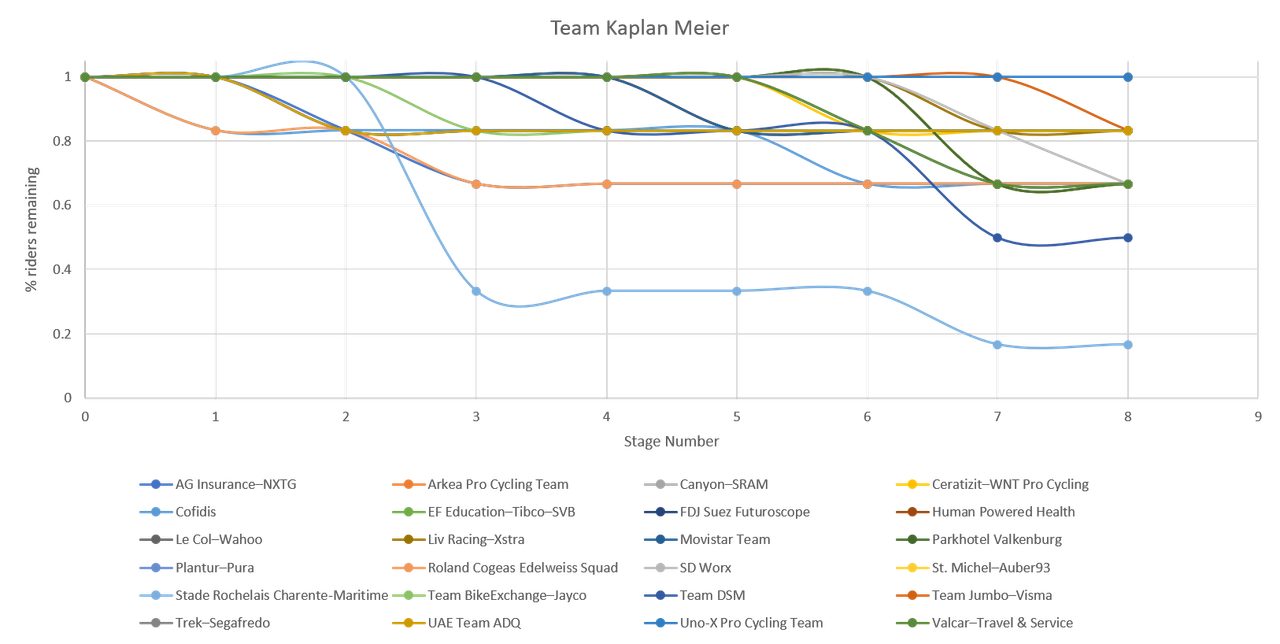

Stage 7 saw the most withdrawals, in fact it and stage 3 made up more than half the withdrawals on their own.
Stage 7 was the queen stage, so withdrawals make some sort of sense, and Cycling News tells me that stage 3 had that many because of people affected from a crash the day before (https://www.cyclingnews.com/races/tour-de-france-femmes-2022/stage-3/results/).
This is a very different pattern to the men's race, where only 5% of withdrawals were due to riders finishing outside the time limit. There were 26% mid-race abandonments but 68% of withdrawals were due to riders who did not start the stage. Now this was partly due to several COVID withdrawals in the men's race, but the different balance is intriguing.
I have no data to back up my theory that there is a greater difference between the front of the TDFF and the back than there is within the men's peloton, but I think it's a reasonable possibility. It's not just the cyclists, Vos, van Vleuten, they're good shouts for all-time good, but the support teams. In the men's equivalent, we see the difference between the World Tour and Continental Tour teams easily enough, how much wider is that going to be in the less well funded women's division.
It'll be interesting to repeat this comparison this year.
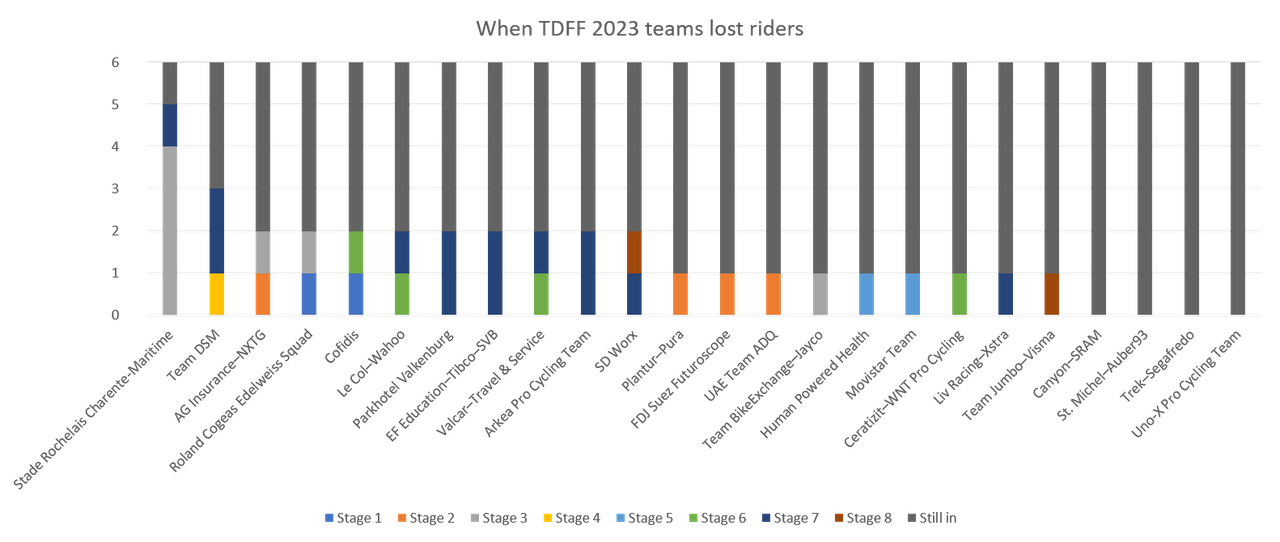
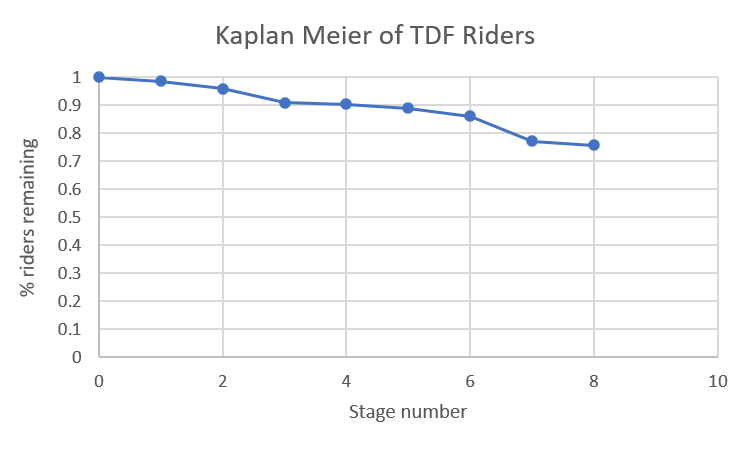
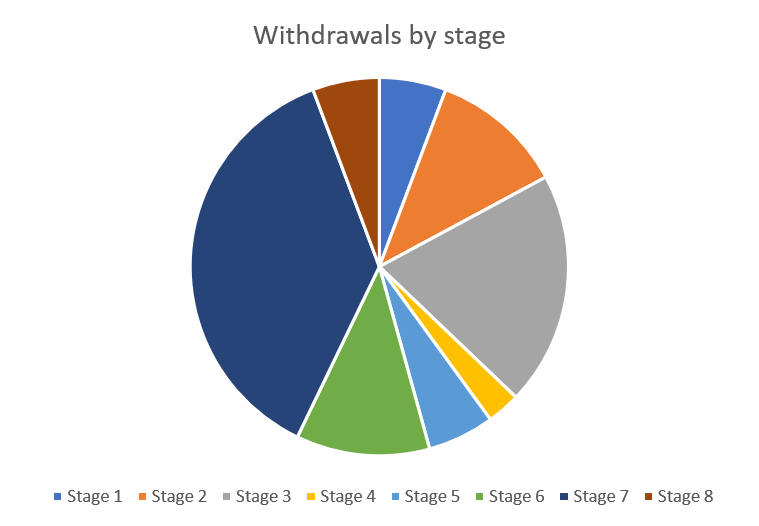

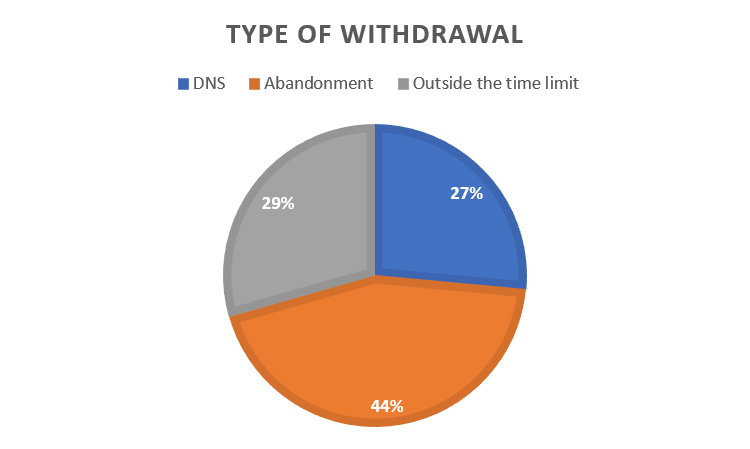
No comments:
Post a Comment